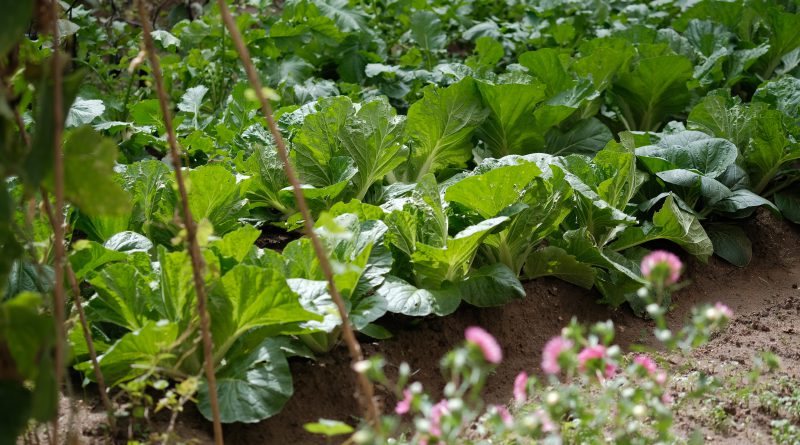11 Steps On How To Create A No-Till Garden
A no-till garden is the method of gardening without using the traditional method of preparing the soil by tilling. In short, the soil is not dug when preparing for planting. This is a great gardening method because it involves less work as all you do is add organic components in-between seasons and plant away.
For a no-till garden to be successful you need to ensure the foundation is set up correctly, to avoid any challenges in the future.
Here are 11 steps on how to set up a no-till garden
Step 1: Spread a 2-inch layer of compost or rotted cow manure on top of bare soil. Do not dig or turn over the soil.
Step 2: Dig holes only for the purpose of transplanting. For direct sowing, use a dibbler or stick to create the holes for the seeds. For broadcasting use a rake to lightly spread the seeds after broadcasting.
Step 3: In the first year, mulch using natural materials such as straw or rotted leaves.
Step 4: After or during the first season, do not uproot the entire plant, instead, cut back the stem of the healthy plants at the base leaving the roots and let them compost.
Step 5: In the next season, repeat step 1 which is to cover the soil with a 2-inch layer of compost.
Step 6: When planting new vegetables, you can pull out any roots that are in the way of the new plants. Ensure to practice crop rotation such that you do not plant a similar plant as you had in the last season.
Step 7: In the next season, instead of adding a 2-inch layer of compost, add mulch (straw or rotted leaves).
Step 8: Next season, add a 2-inch layer of soil.
Step 9: Next season, add a 2-inch layer of rotted manure.
Step 10: Next season, add a 2-inch layer of compost.
Step 11: Continue this sequence every season
To make things easier, always plan for as many seasons ahead as you can. Create a calendar plan for making your compost, rotted leaves pile and manure in advance to be ready for the seasons to come. If your garden is a small size and there is is not storage space, then talk to farmers to book these products from them.

